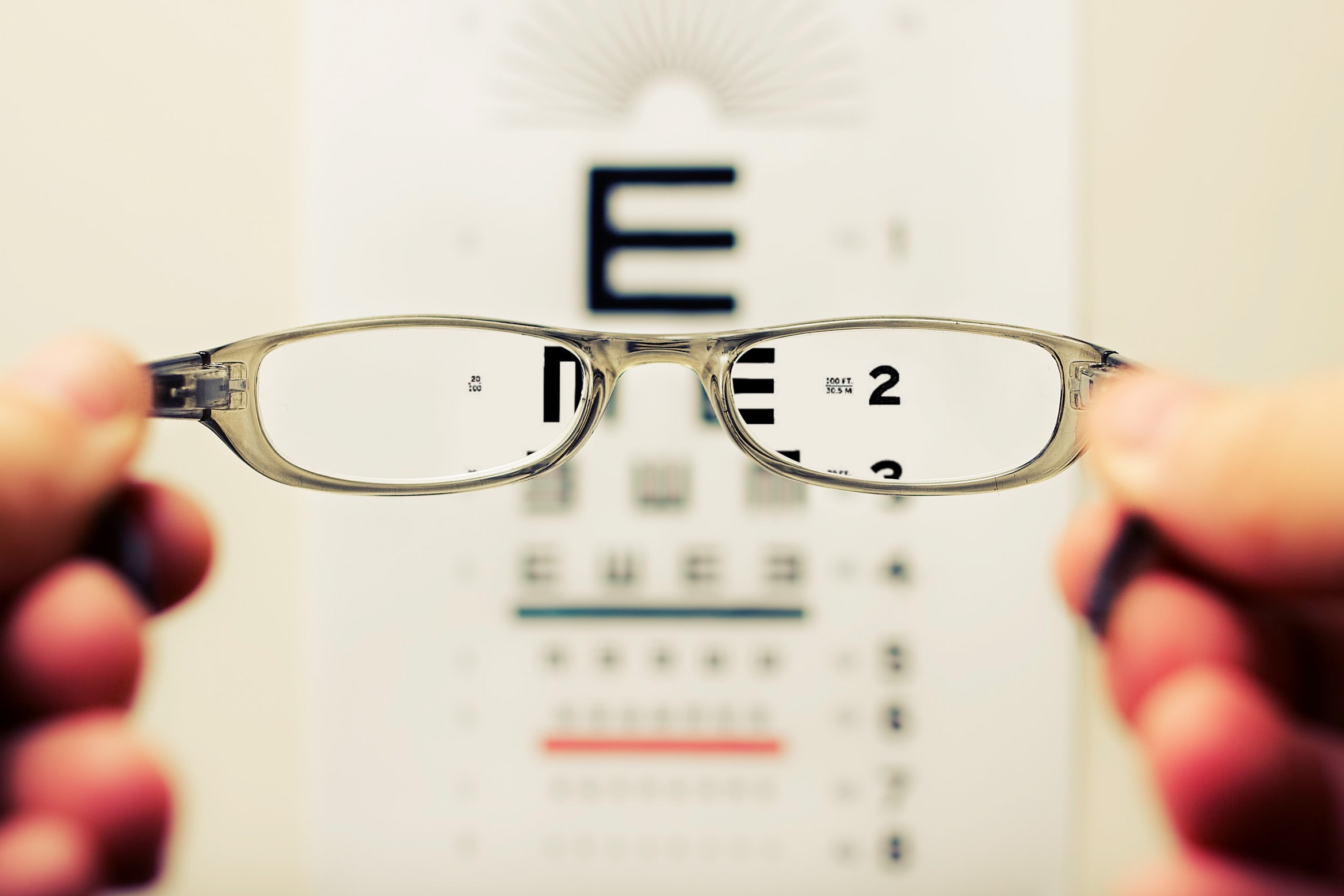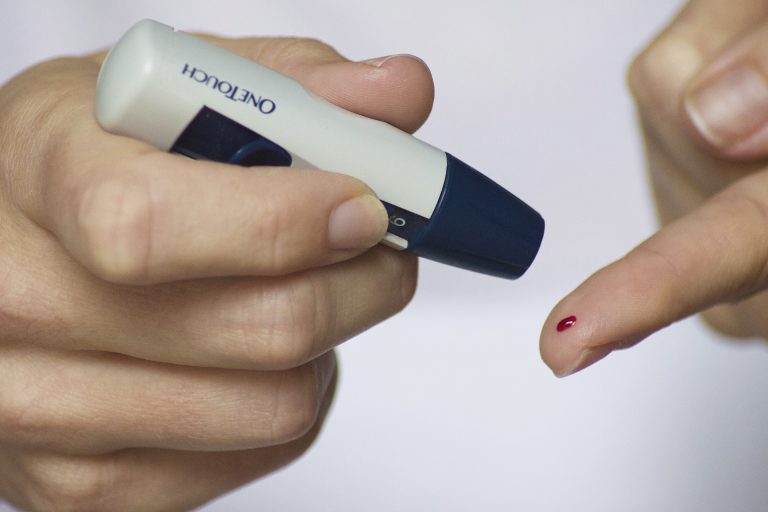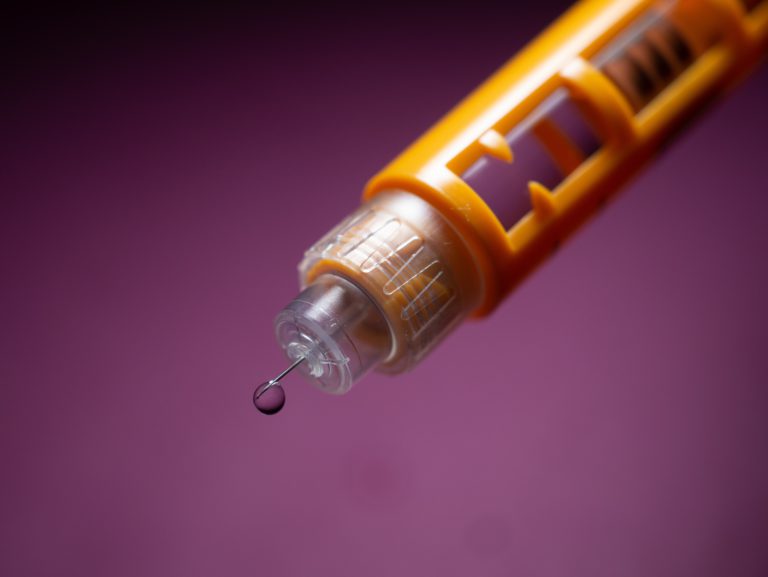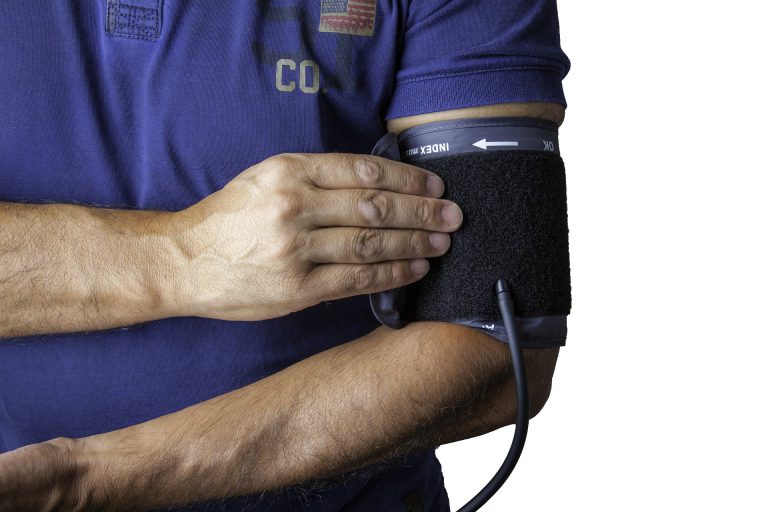Can Eyesight Improve After a Diabetes Diagnosis?
Loss of vision is one of the common complications of diabetes and many people go blind because of this. However, it is possible to protect your vision and even improve your eyesight by maintaining optimum control of your blood sugar levels. Being aware of the causes of eye problems linked to diabetes is critical to be able to adopt healthier ways to improve vision. Here is a brief discussion about the causes of eye problems in patients with diabetes and how to protect and improve your eyesight.
How Can Diabetes Affect Your Eyesight?
Patients with diabetes are vulnerable to develop complications related to their vision. The increased blood sugar levels in patients with diabetes can cause damage to the blood vessels as well the parts of the eye such as the retina leading to poor eyesight. Uncontrolled diabetes can contribute to the worsening of vision problems by causing complications as exampled below:
Diabetic Retinopathy
The retina present at the back of the eyes is formed by a group of cells that respond to light entering the eyes. The retina helps to turn the light rays into images that are sent to the brain by the optic nerve in the form of signals.
Damage to the small capillaries and blood vessels in the retina can trigger the development of diabetic retinopathy. If left untreated, diabetic retinopathy may progress resulting in complications like blindness.
The longer a patient has diabetes, the more likely he is to develop these complications. Keeping your blood sugar levels in control with the help of appropriate medications, regular check-ups, routine visits to your ophthalmologist, and appropriate dietary and lifestyle interventions would help you maintain normal blood sugar levels. This can not just prevent the risk of diabetic retinopathy but also improve your eyesight. We have covered diabetic retinopathy prevention on our previous posts.
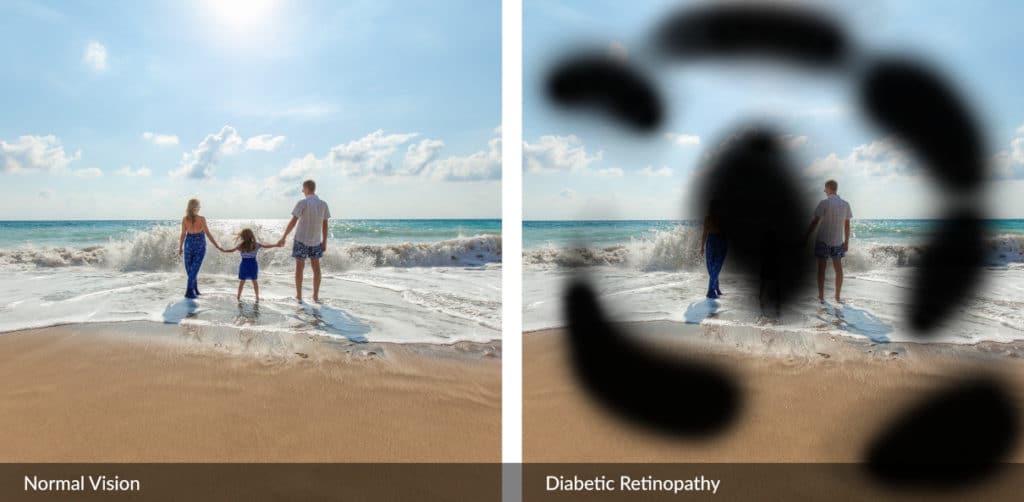
Blurry Vision
Patients with diabetes should ideally avoid using glasses or change their glasses as soon as they experience blurring of visions. This could be a sign of a minor problem linked to an increase in the blood sugar levels that causes the lens to swell and change their ability to see clearly.
These symptoms can be corrected by seeking appropriate treatments that ensure your blood sugar levels are back within the normal range.
In most cases, it takes about 3 months for the blurring to reduce and the eyesight to get back to normal.
Cataracts
The natural lens of the eye allows us to see by focusing on an image, like the one in a camera.
When this lens becomes cloudy, it forms a dirty smudged window, which marks the development of a cataract. Patients with diabetes are more likely to develop a cataract in one or both eyes due to which their eyesight may get affected.
Controlling your blood sugar level and routine eye check-ups are recommended for monitoring the changes in the vision and slowing down the progress of cataracts.
Glaucoma
Patients with diabetes are at a higher risk of glaucoma, a common eye disorder that occurs due to the build-up of pressure inside the eye due to the inefficient drainage of fluids from these tissues.
The pressure build-up can result in damage to the nerves and blood vessels, leading to a change in vision.
Open-angle glaucoma, which is the most common form of this condition, can be managed well with the help of medications. These drugs work by lowering eye pressure, speeding up the drainage, and reducing the amount of fluid the eyes produce.
In some cases, patients may need to use special eye drops to control the pressure in the eyes and slow down the progress of glaucoma.
Surgical intervention and laser treatments are recommended in advanced cases of glaucoma. These procedures are aimed at lowering eye pressure to correct and improve vision.
Neovascular glaucoma is another form of glaucoma known to affect patients with diabetes. It causes the new blood vessels to grow on the colored part of the eye called the iris. These new blood vessels block the flow of fluids thus raising eye pressure.
The treatment of neovascular glaucoma is aimed at reversing the formation of blood vessels. Your doctor may recommend laser therapy to decrease the number of blood vessels at the back of your eye. The treatment may be combined with the use of anti-VEGF injections and other measures to lower the eye pressure and improve your vision in a shorter duration.
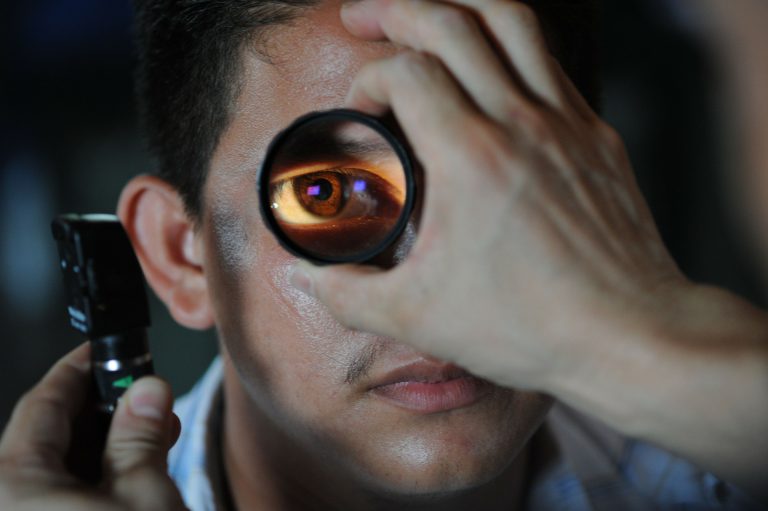
Background retinopathy
Background retinopathy is characterized by the damage to the blood vessels in the eyes due to which the vision is affected. The vision impairment is likely to become worse at a more rapid pace in patients with uncontrolled diabetes. If you want to improve your eyesight after being diagnosed with diabetes, it is best to contact your physician for assistance.
Maculopathy
Maculopathy refers to an eye disorder that affects the macula, a small area of the retina that provides the vision necessary for driving, reading, and similar activities. The swelling of the macula is easily reversible, especially when detected early.
Proliferative Retinopathy
It is a form of retinopathy that occurs when the cells at the back of the eye do not receive enough oxygen due to which new blood vessels begin to grow to compensate for the loss of supply.
These blood vessels are fragile, and hence, bleed easily leading to clot formation. This may even cause scars that can pull the retina away from the eye causing it to get detached. The loss of vision caused due to proliferative retinopathy can be revered, to some extent, by surgical means and laser treatments.
Can treatment improve your eyesight after a diabetes diagnosis?
Early detection and timely treatment can help to prevent and improve vision loss in patients with diabetes. Proper treatment of diabetes for controlling your blood sugar levels and monitoring your eye health on a regular basis are the keys to protecting your eyesight. As we covered last week with our vitrectomy post – sight can indeed get better and also quality of life!
Can people with diabetes use contact lenses?
Contact lenses are usually not recommended for patients with diabetes due to the risk of dryness and corneal erosion involves in the same. Glasses can help you improve your eyesight if you have diabetes better than contacts.
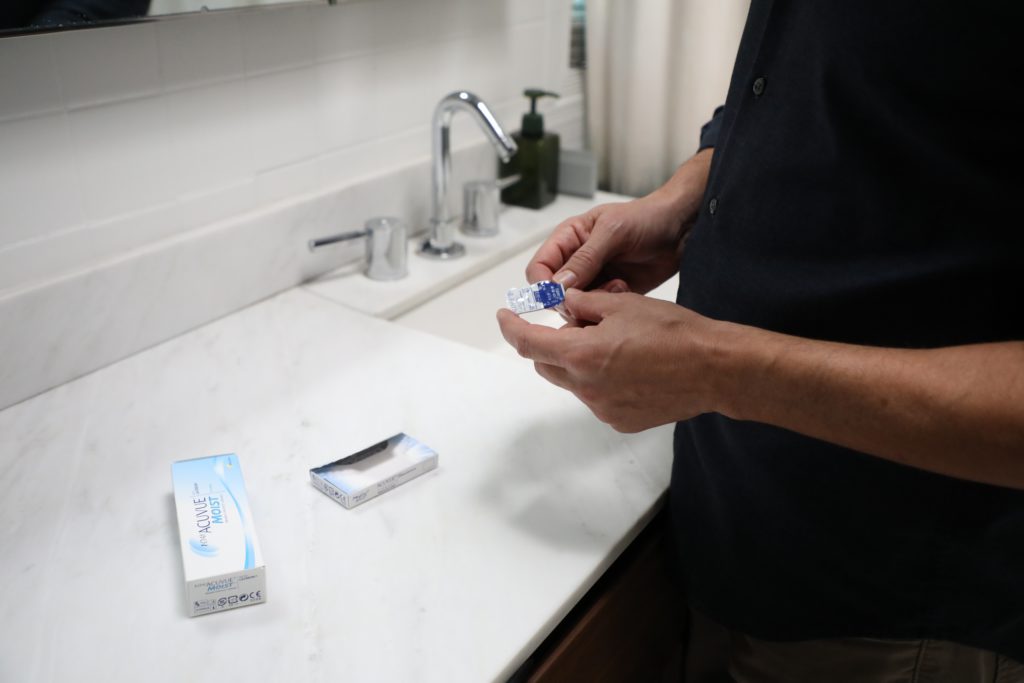
When Should You Get an Eye Exam?
A yearly eye check-up can help to detect the underlying problem at an earlier stage allowing the patients to seek timely treatment with better outcomes
This could not only improve your eyesight you have diabetes but even save your eyes and prevent further loss of vision!
When Should You Contact a Doctor?
It is important to seek immediate medical attention if you develop signs such as:
- Blurred vision (see image above)
- Black spots in the vision
- “Holes” in the vision
- Flashes of light
Conclusion
Visiting the eye doctor regularly is highly recommended for patients with diabetes for assessing their eye health and protecting them against the vision problems linked to this disease.

